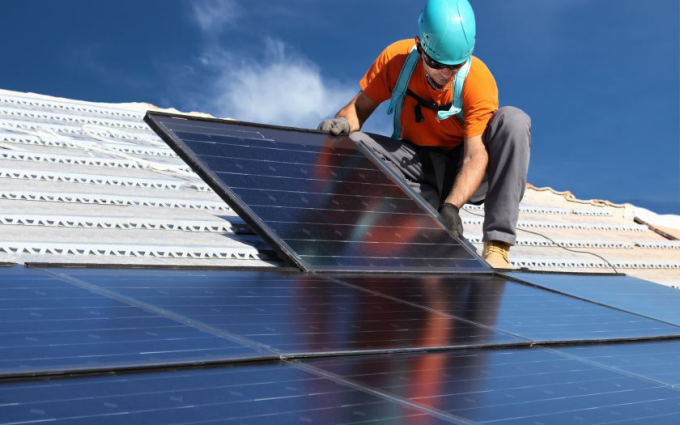
The global market for photovoltaic (PV) solar energy systems is growing rapidly and, as all solar projects require extensive levels of cabling, represents a considerable opportunity for high quality cable manufacturers.
However, to successfully exploit this continuing development, it’s important to understand where growth is focused, why it is concentrated in these areas, as well as the challenges – both environmental and legislative – that it creates.
This article looks to highlight these issues and opportunities, giving cable manufacturers a clear insight into what it takes to meet the solar energy industry’s expectations.
It also demonstrates how BASEC (British Approvals Service for Cables), through its cable testing and certification services, can help manufacturers achieve all necessary industry-related compliance requirements.
This is set against a background of how solar energy opportunities are distributed worldwide.
The solar industry today owes the rapidity of its growth to multiple factors, rather than to one single reason.
Fossil fuel pricing is expected to continue to rise over time, so future-proofing – by reducing dependence on such fuels – makes sound economic sense.
The pressure that commercial organizations come under is of equal importance to meet their environmental obligations and build a sustainable, green energy policy.
This pressure comes not only from shareholders, employees, and trading partners but also from the government and related bodies in the form of mandatory legislation.
Accordingly, the major energy market players are leading the way with large-scale renewable energy projects; household names including Amazon, Apple, BBC, Ikea, and Unilever have all invested in signature schemes.
However, governments and individual consumers, as well as many other international businesses, have also contributed to the drive-in demand for solar energy.
This need for solar energy output has been met by a reported steady growth of installed solar energy systems.
Schemes based on renewable energy sources, including solar power, are also providing valuable solutions for remote and developing locations.
Providing self-sufficient, renewable energy to rural communities in the developing world helps populations to work their way out of poverty with the ability to power their homes, schools, hospitals, stores, and industries.
Overall, the latest figures indicate that the global installed capacity for solar photovoltaic (PV) systems exceeded 400 GW in 2017 (as shown in Fig.1).